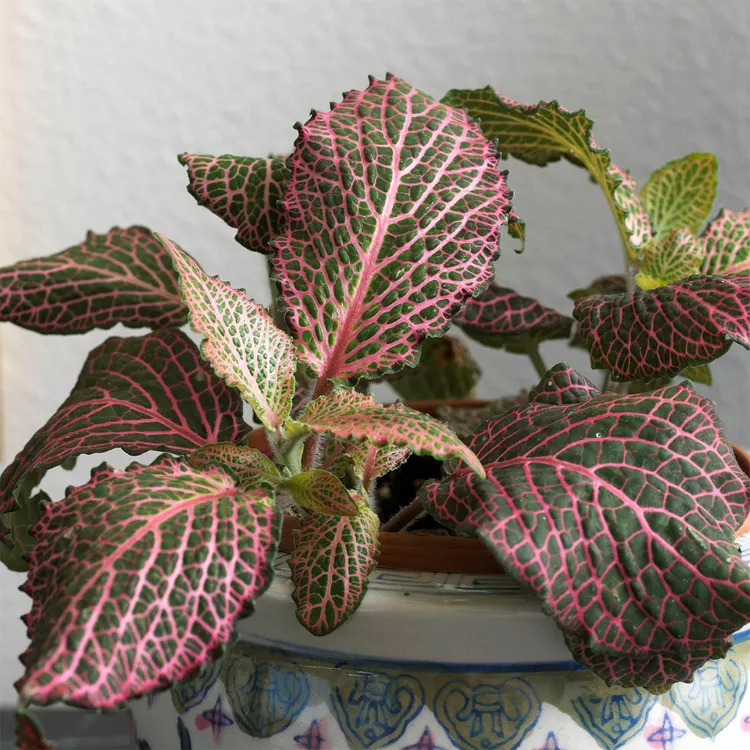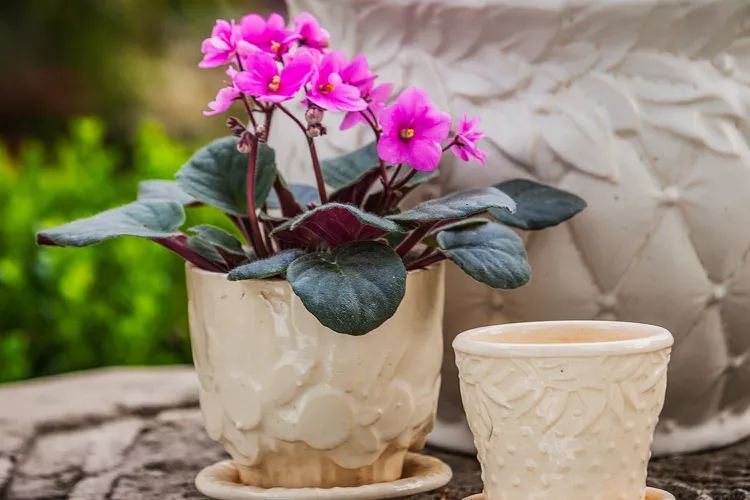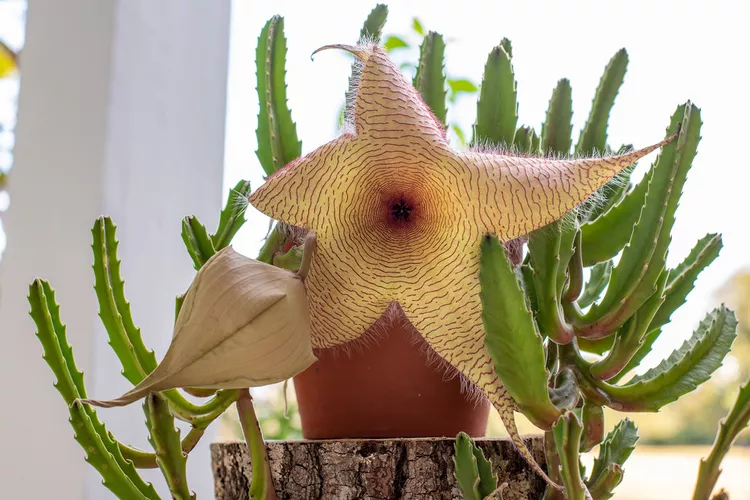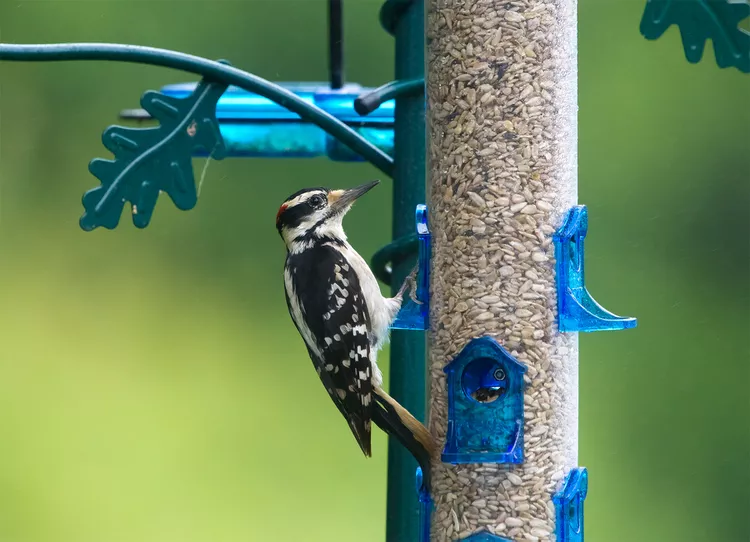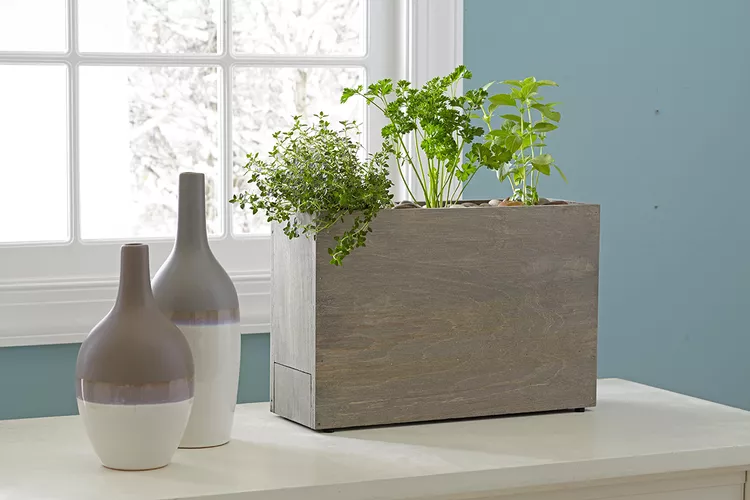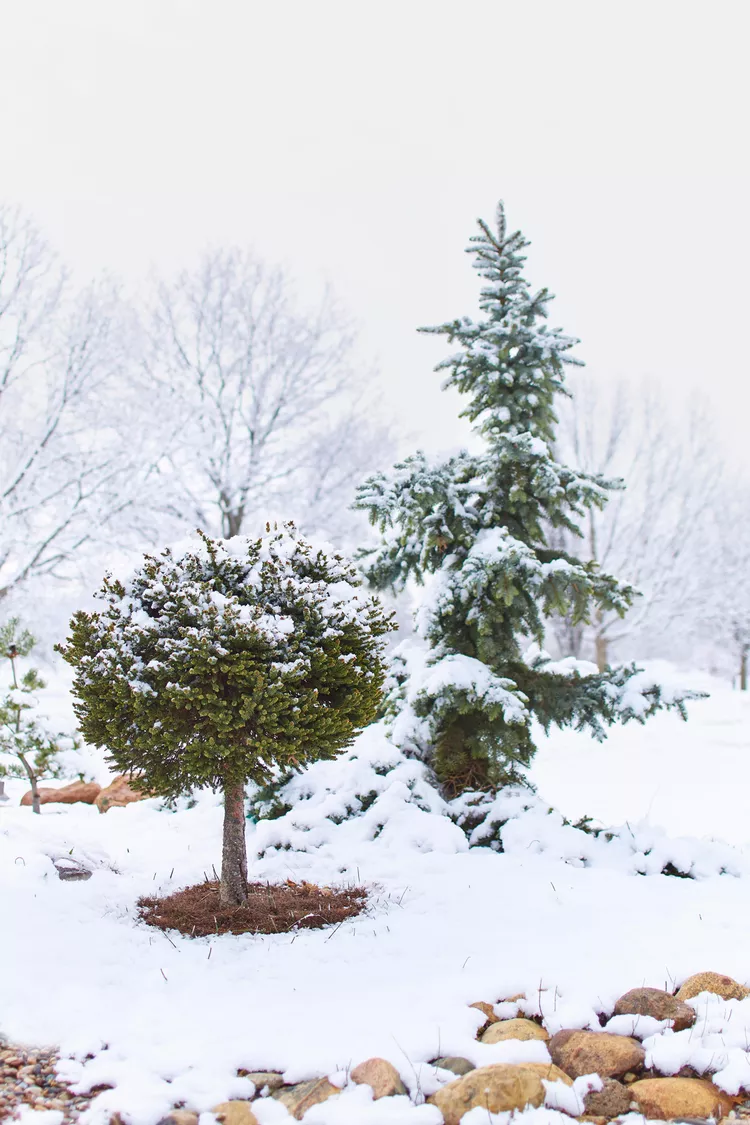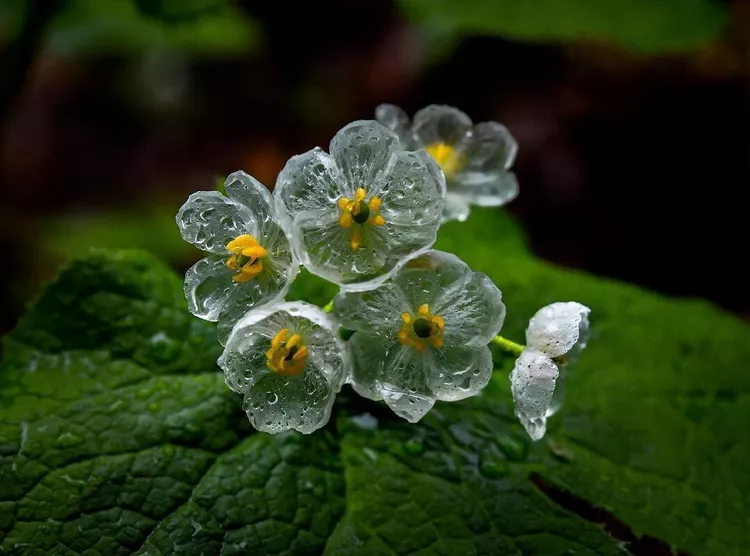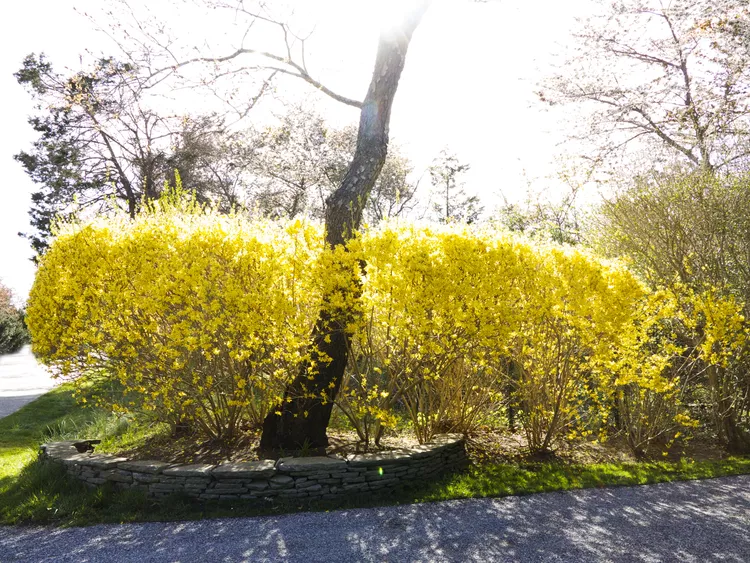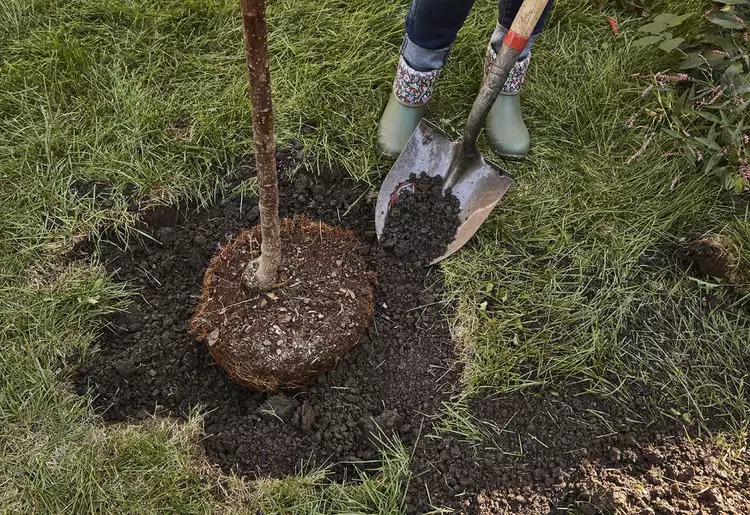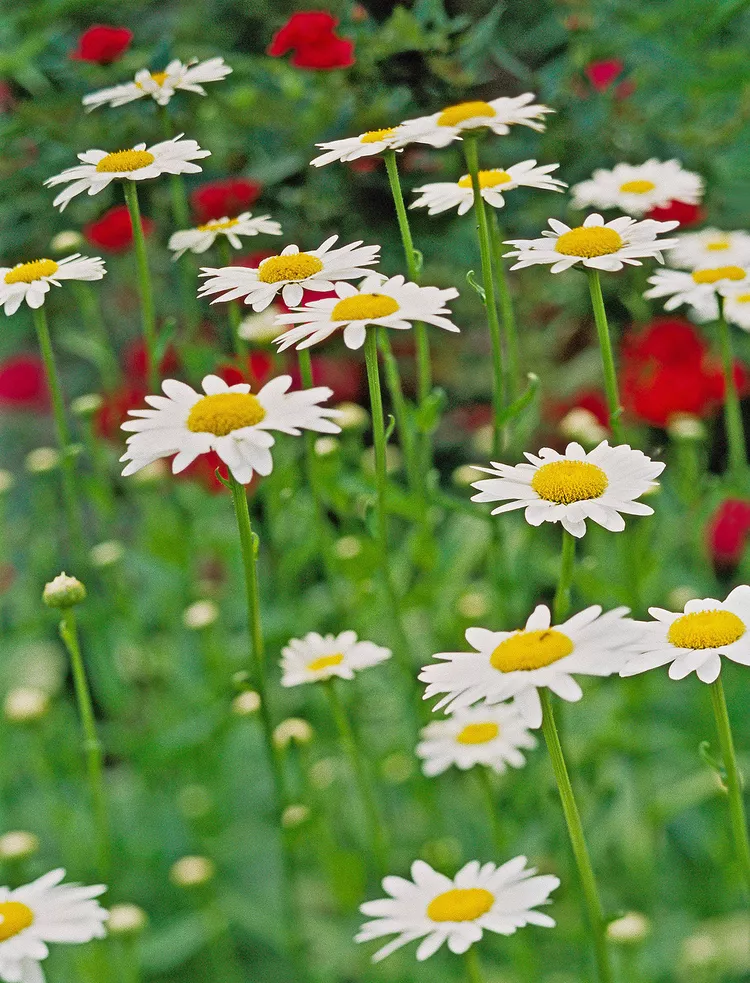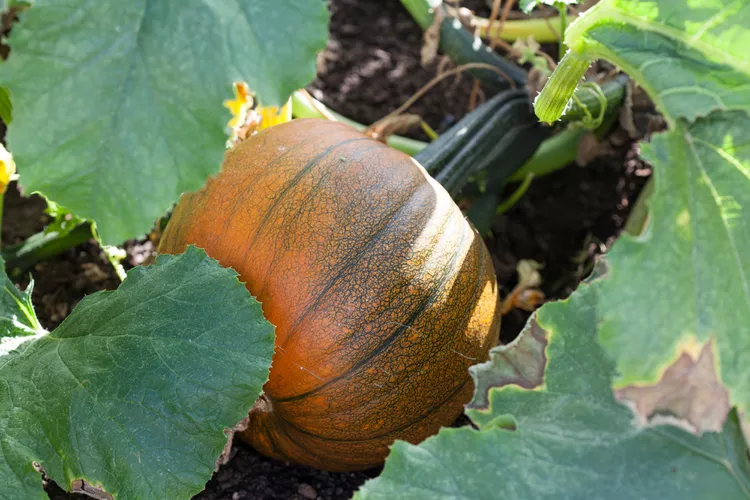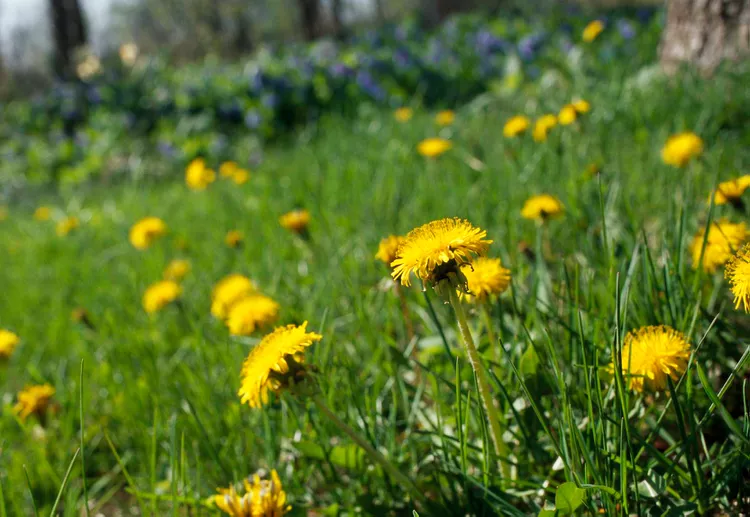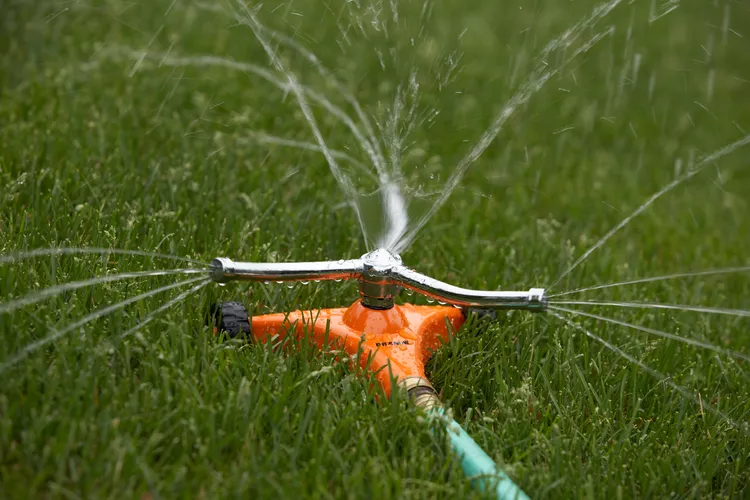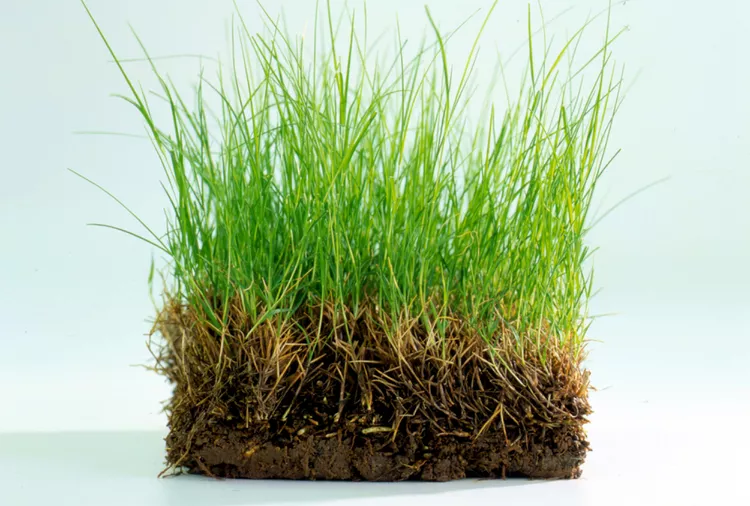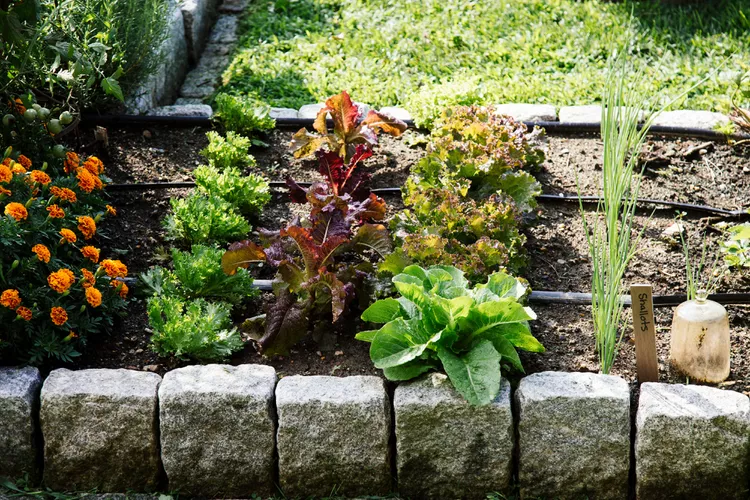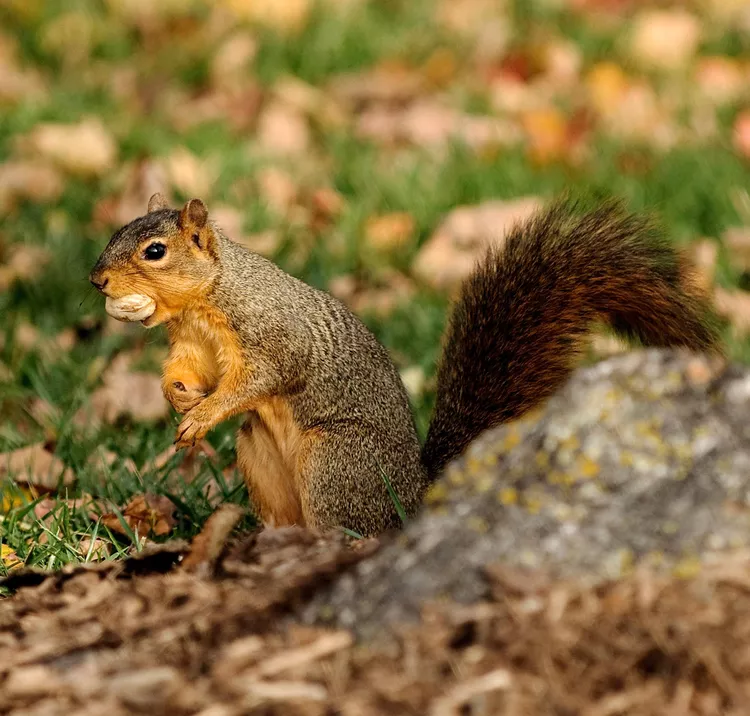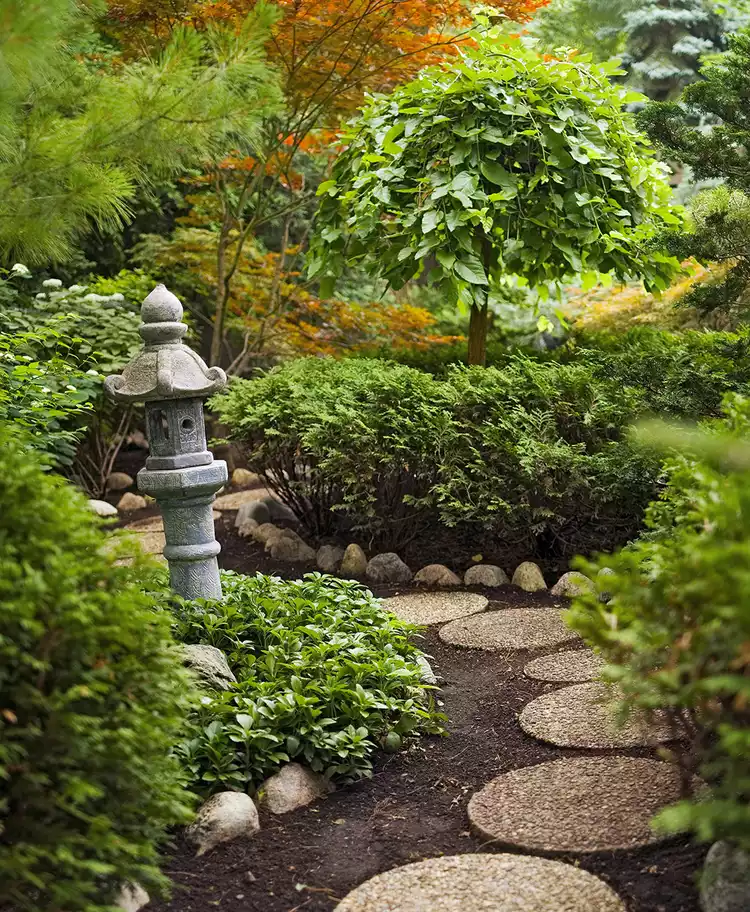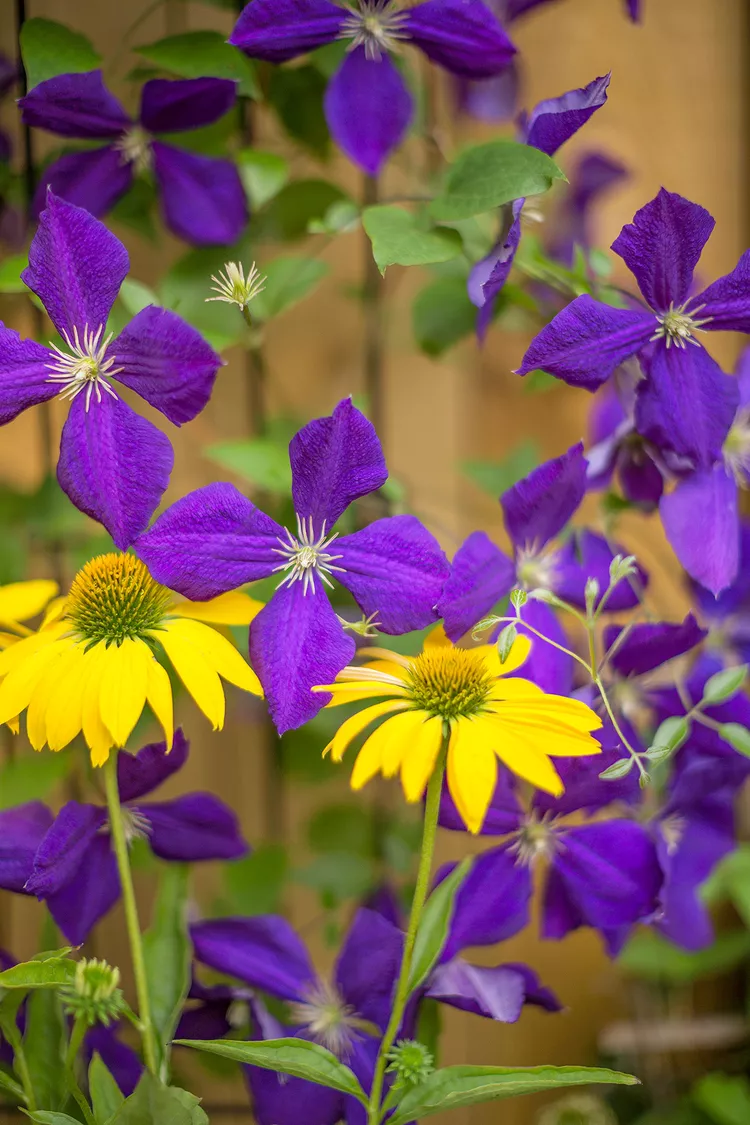Anyone who’s ever grown a pumpkin plant can tell you that pumpkins are heavy feeders, take up a lot of space in the garden, and are prone to pests, such as squash bugs and aphids. Due to their demanding nature and tendency to attract insects, finding the right pumpkin companion plants can be a challenge. However, a few vegetables, herbs, and flowers grow beautifully beside pumpkin vines, and these plant companions help keep carving and pie pumpkins naturally pest-free.
Oregano
While you might be tempted to grow pumpkins with other cucurbit vegetables, such as cucumbers, squash, and zucchini, this isn’t a good idea. These plants are all heavy feeders competing for soil nutrients and space, and they’re prone to the same pests, like squash bugs. Instead, pair pumpkins with strongly scented herbs, like oregano, which attracts aphid-eating hoverflies and helps protect pumpkins from pest damage.
Beans and Peas
One of the oldest examples of companion planting is the “Three Sisters” planting method, which the Peoples of the First Nations developed. In this plant pairing, pole beans are grown with winter squash and corn; however, you can swap out the squash and grow pumpkins with pole or bush beans instead. When cultivated together, large pumpkin leaves act as a natural, weed-suppressing mulch, while beans and peas enrich the soil with their nitrogen-fixing roots.
Chives
Like oregano, chive plants emit a strong scent that can repel a variety of garden pests, including slugs, snails, and aphids. If you allow chives to bloom, their edible flowers attract pollinators, such as bees and butterflies. Growing chives near pumpkin plants can boost your crop by ensuring the pumpkin flowers are pollinated.
Corn
Corn is also traditionally used in the Three Sisters planting method, and it grows well with pumpkins as long as you give the plants enough space to spread out. As with beans and peas, pumpkin leaves suppress weeds around the base of cornstalks, while pumpkins benefit from the sheltering shade cast by tall corn plants. These two crops are heavy feeders, so enrich the soil with compost and organic fertilizer if you grow them together.
Sunflowers
Pumpkins are vigorous growers that can outcompete many other vegetable plants, but tall sunflowers can usually hold their own with pumpkins as long as you follow proper spacing tips when planting. As with corn, sunflowers provide some light shade to pumpkin vines during the heat of summer, but their nectar and pollen-rich blooms also attract pollinators that will pollinate pumpkin flowers. For best results, plant sunflowers around the perimeter of your garden to prevent these two plants from competing with each other for soil nutrients and space.
Radishes
Flea beetles are troublesome insects that nibble tiny holes in plant leaves. They can target pumpkins if you’re not careful. However, flea beetles usually prefer brassicas to most other vegetables, and they’re particularly fond of radishes. Growing radishes near your pumpkins can lure flea beetles away from the pumpkin plants, and you can harvest fast-growing radishes long before your pumpkins are ready to pick.
Marjoram
Squash bugs are another pest that loves to eat pumpkin plants, but marjoram can help keep these voracious insects at bay. Marjoram can also improve the flavor of nearby vegetables, and if you allow it to flower, the tiny blooms attract pollinators. However, marjoram only grows perennially in Hardiness Zones 9 and 10, so you may need to plant it every year to get the full benefits of this fragrant herb.
Borage
Borage isn’t grown as frequently as some of the other pumpkin companion plants on this list, but borage plants can pack a punch in the organic garden. Not only are borage flowers highly attractive to bees, but borage also lures in wasps that feed on pumpkin pests. Beyond that, borage plants are pretty, and their edible leaves and flowers have a refreshing flavor reminiscent of cucumbers.
Chamomile
Chamomile is grown chiefly for herbal teas, but it’s another fantastic pollinator plant that can increase pumpkin pollination rates and boost harvest yields. On top of that, chamomile flowers are irresistible to predatory wasps and hoverflies that feed on pumpkins. If you harvest chamomile flowers for tea making, leave some blooms behind to entice beneficial insects into your pumpkin patch.
Marigold
Red, orange, and yellow marigold flowers deter an assortment of pests, including squash bugs, aphids, and nematodes, and they have plenty of autumnal charm when grown near pumpkins. Mexican marigolds are known to repel the greatest variety of garden pests, while French marigolds are particularly adept at killing nematodes.
